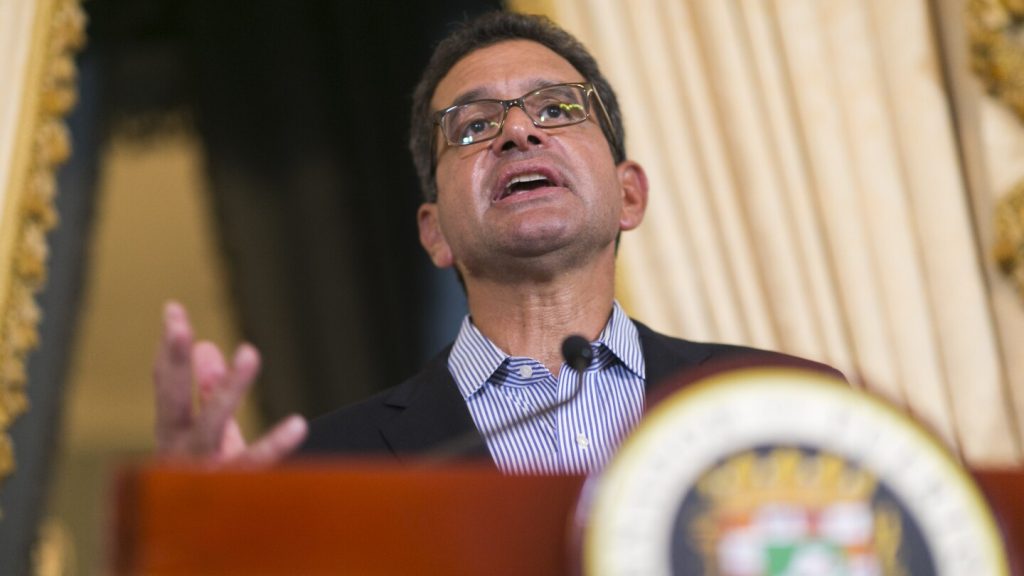Puerto Rico’s Governor, Pedro Pierluisi, announced that the territory’s budget for the upcoming fiscal year will be the largest in history at $14 billion. The new funds are intended to assist the island’s elderly population, reduce violence, and expand solar power programs, among other initiatives. Pierluisi highlighted the strengthening of Puerto Rico’s economy since the government filed for bankruptcy nearly seven years ago, although the $9 billion debt of the state power company remains unresolved. He also emphasized reconstruction efforts following Hurricane Maria and a series of powerful earthquakes that hit the island.
Despite the progress in reconstruction, including the repair or rebuilding of over 6,000 homes and ongoing projects related to the power grid, there has been frustration due to delays in federal funding, particularly during the Trump administration. This delay has led to criticism from opposition leaders and anger among the population. The president of the Popular Democratic Party expressed shame over the slow pace of reconstruction and called for accountability from the government instead of empty announcements.
Pierluisi also addressed the needs of Puerto Rico’s rapidly aging population, with plans to increase subsidies for those in long-term care centers and allocate funds to help senior care facilities expand their services. He also announced a new online project for citizens to report issues with road infrastructure, such as potholes and damaged stoplights. Additionally, Pierluisi reiterated his call for statehood for Puerto Rico, citing ongoing discrimination in access to federal benefits for American citizens on the island.
While supporters of Pierluisi’s initiatives cheered his announcements, the final say on the island’s budget lies with a federal control board established after Puerto Rico declared its inability to pay off its massive debt in 2015. The control board oversees the territory’s finances and determines how revenue is invested. The debt load, amounting to over $70 billion, resulted from decades of corruption, mismanagement, and excessive borrowing, leading to the need for external oversight.
As Puerto Rico continues its path to recovery and economic stability, the governor’s focus on addressing key issues such as support for the elderly population, infrastructure improvements, and advocating for statehood reflects a commitment to progress and development. While there are challenges and criticisms to be addressed, Pierluisi’s administration strives to meet the needs of the island’s citizens and secure a prosperous future for Puerto Rico. Ultimately, the impact of these budget allocations and initiatives will be closely monitored by both supporters and critics, as Puerto Rico navigates its way towards sustainable growth and recovery.


